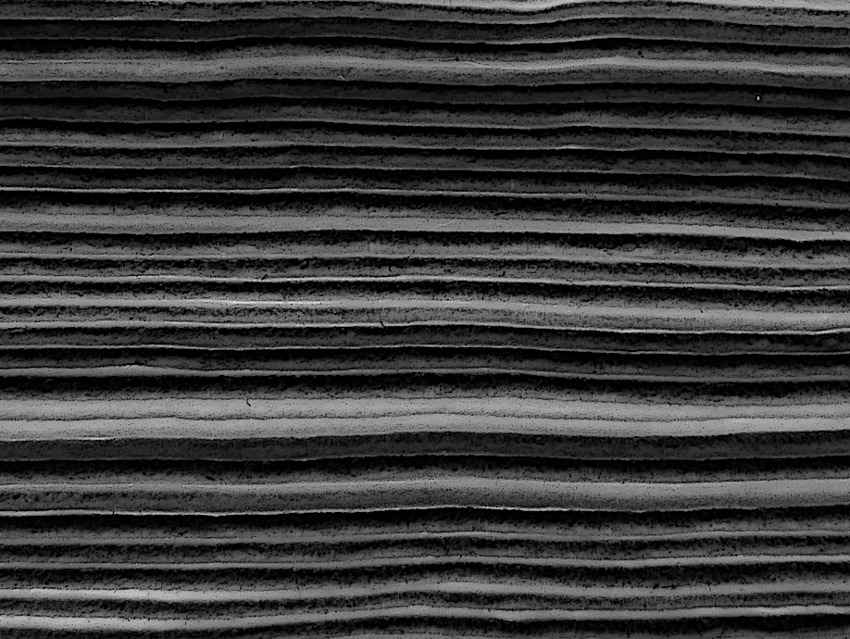As electronic devices have advanced in recent years, so has their heat generation. This leads to a need for improved materials for interfacial heat transfer—or advanced thermal interface materials (TIMs)—to remove the excess heat. It is a challenge to produce materials which are soft, yet thermally conductive enough to act as a TIM. The gold standard would be a material that is soft but has a thermal conductivity similar to that of metals.
Nan Jiang, Cheng-Te Lin, Ningbo Institute of Materials Technology and Engineering (NIMTE), Chinese Academy of Sciences, and University of the Chinese Academy of Sciences, Beijing, Yan Wang, University of Nevada, Reno, USA, and colleagues have turned to graphene to solve this problem. The researchers created graphene paper using ultrasonic and vacuum filtration methods. A series of mechanical machining steps was then used to change the structure of the graphene paper into a monolith. First, the team crumpled the graphene paper. The resulting crumpled structure was transformed into a compact graphene monolith by compression. The final product contains regions of vertically aligned graphene papers.
The graphene monolith has an ultra-high through-plane thermal conductivity of 143 W m–1 K–1 (better than many metals), a low compressive modulus of 0.87 MPa, and a cooling efficiency that is three times as high as currently available commercial TIMs. According to the researchers, the material is a promising candidate for next-generation TIM applications.
- Metal-Level Thermally Conductive yet Soft Graphene Thermal Interface Materials,
Wen Dai, Tengfei Ma, Qingwei Yan, Jingyao Gao, Xue Tan, Le Lv, Hao Hou, Qiuping Wei, Jinhong Yu, Jianbo Wu, Yagang Yao, Shiyu Du, Rong Sun, Nan Jiang, Yan Wang, Jing Kong, Chingping Wong, Shigeo Maruyama, Cheng-Te Lin,
ACS Nano 2019.
https://doi.org/10.1021/acsnano.9b05163




![Synthesis of [c2]Daisy Chains via Mechanochemistry](https://www.chemistryviews.org/wp-content/uploads/2025/04/202504_RotaxanesWithSolidStateMechanochemistry-125x94.png)